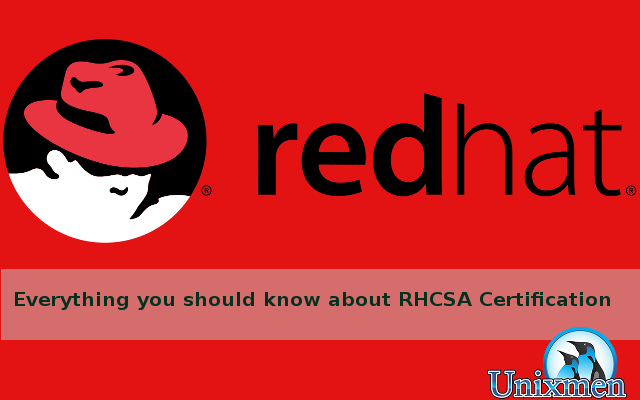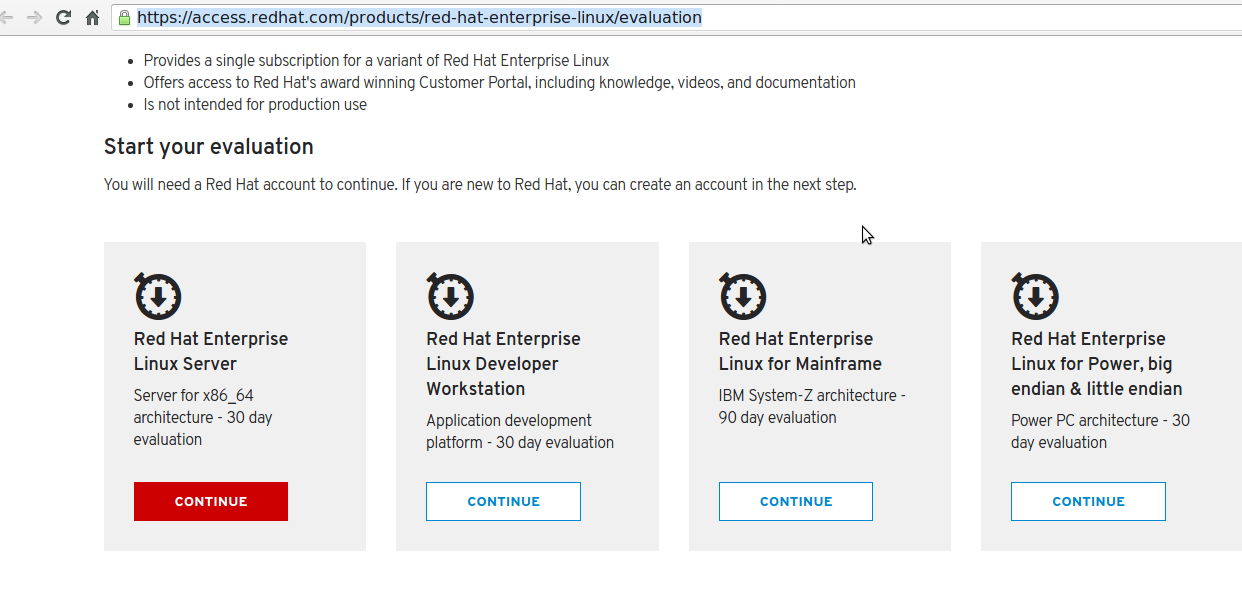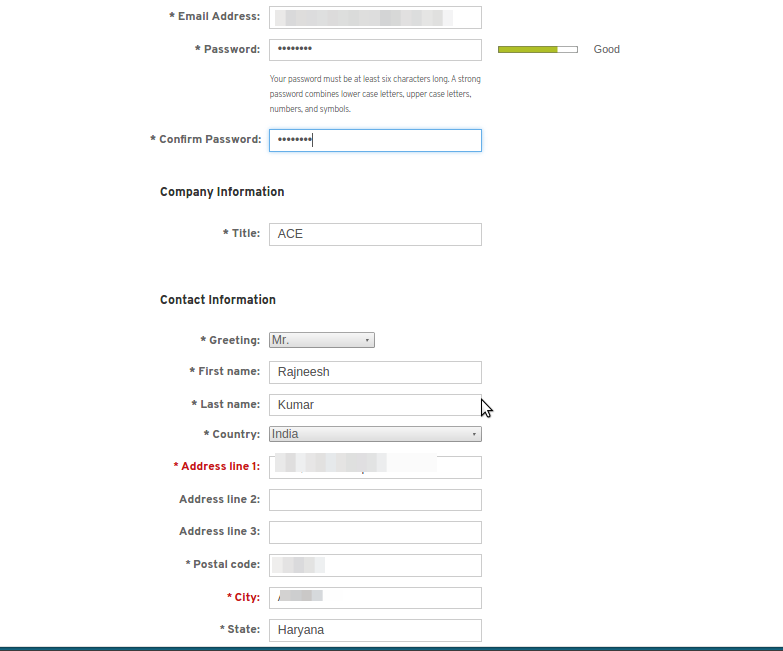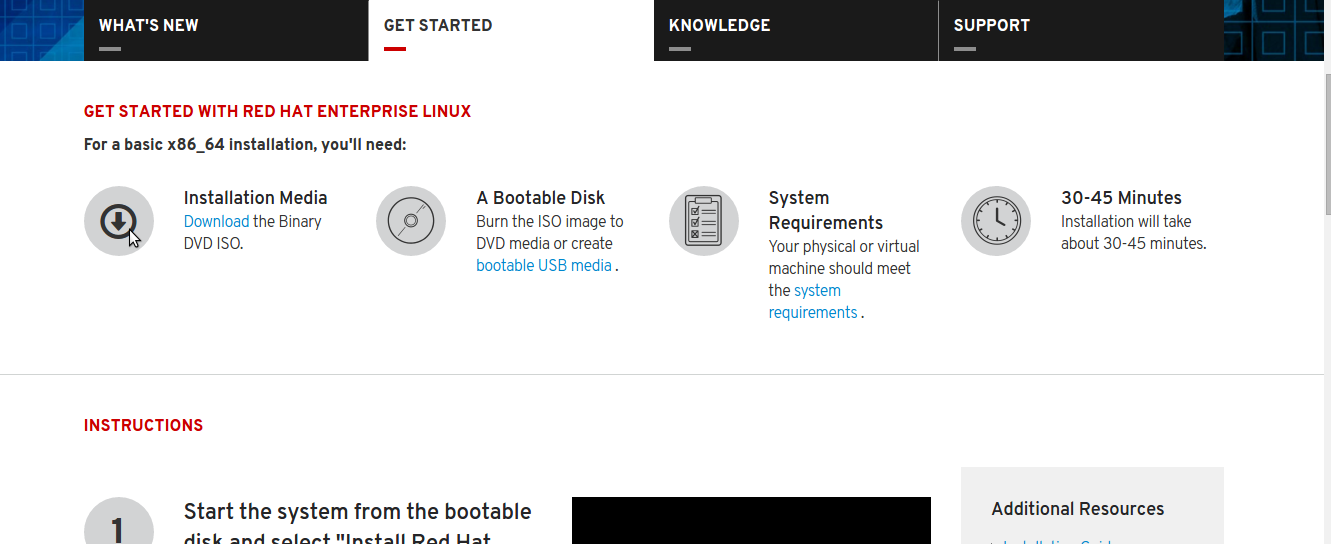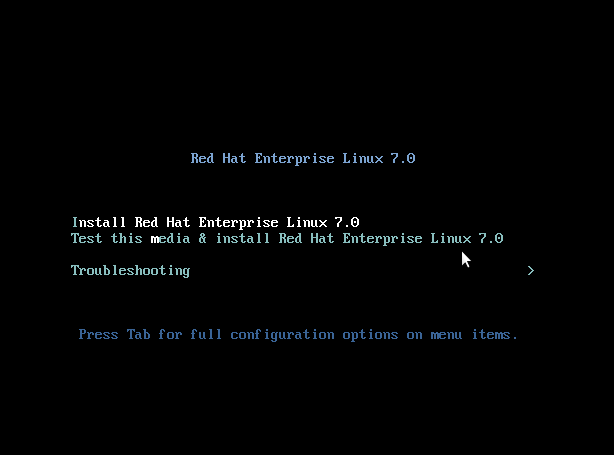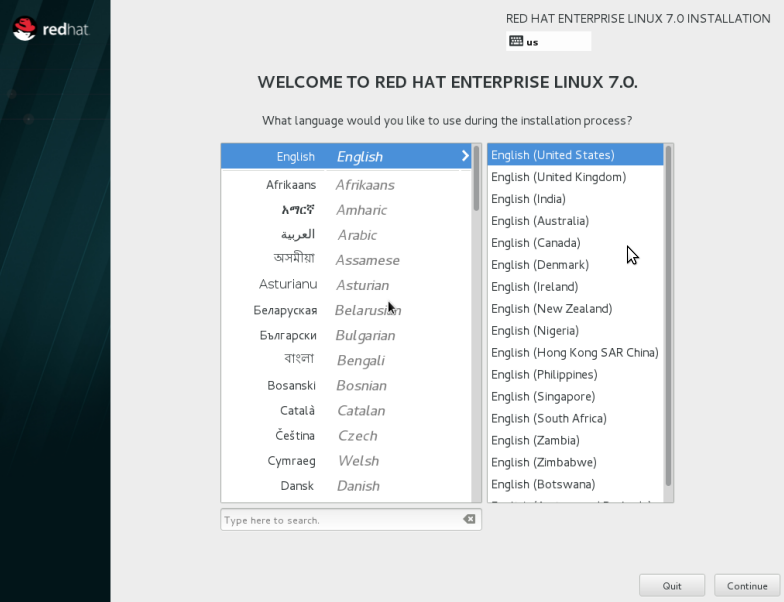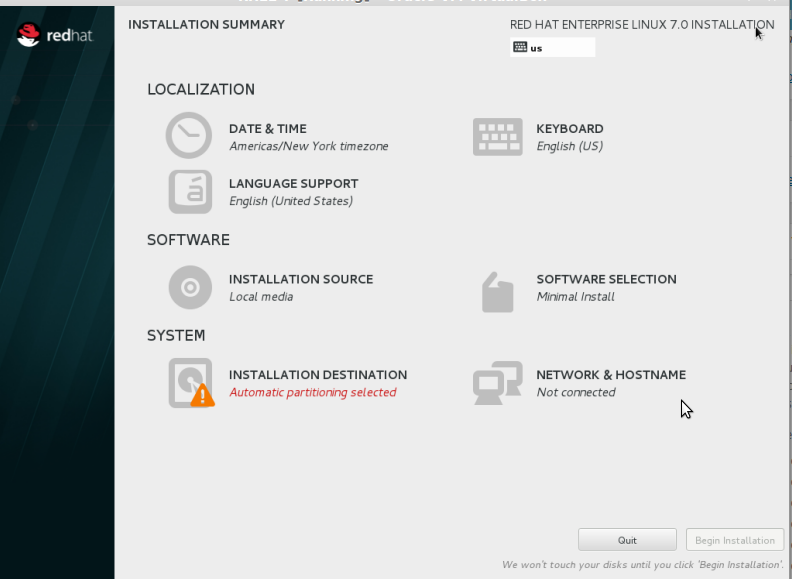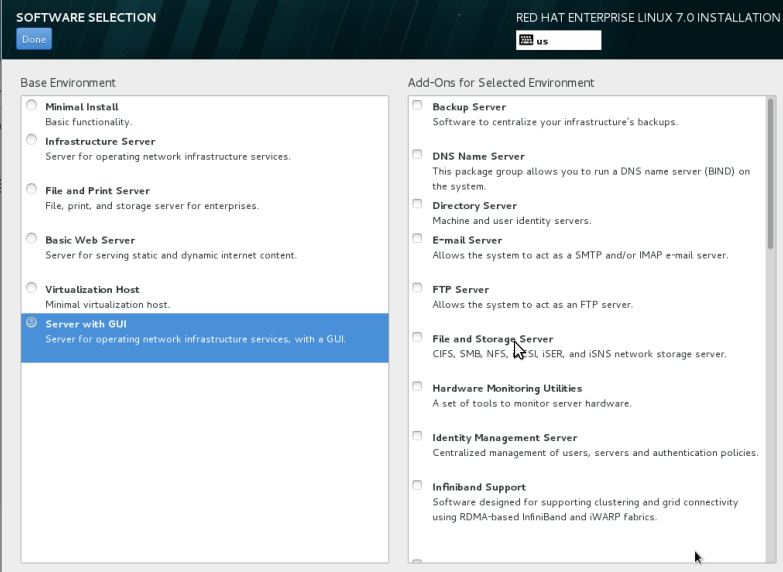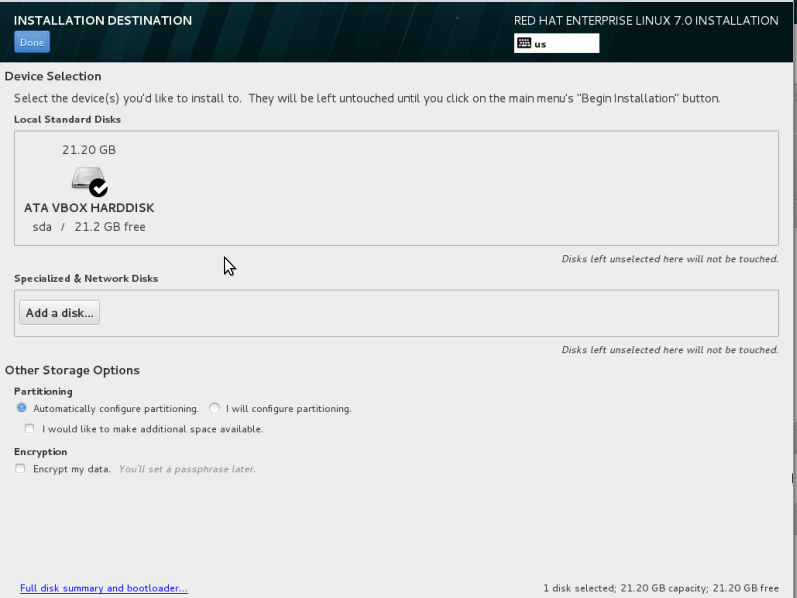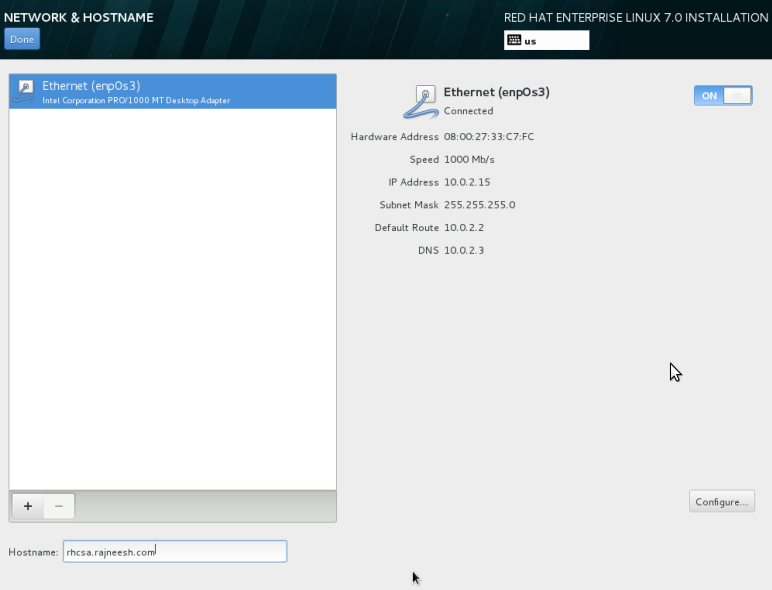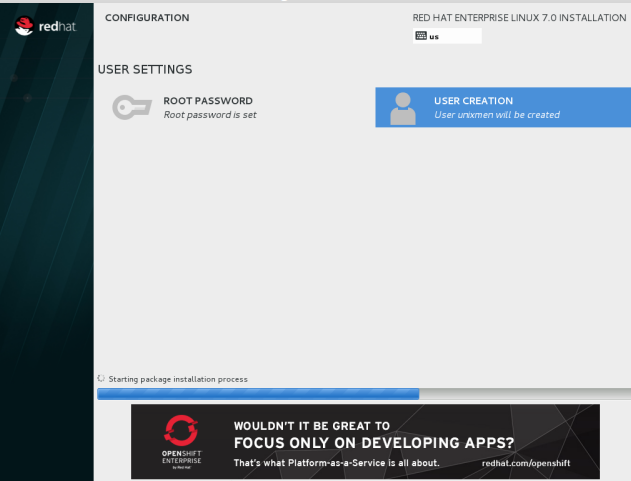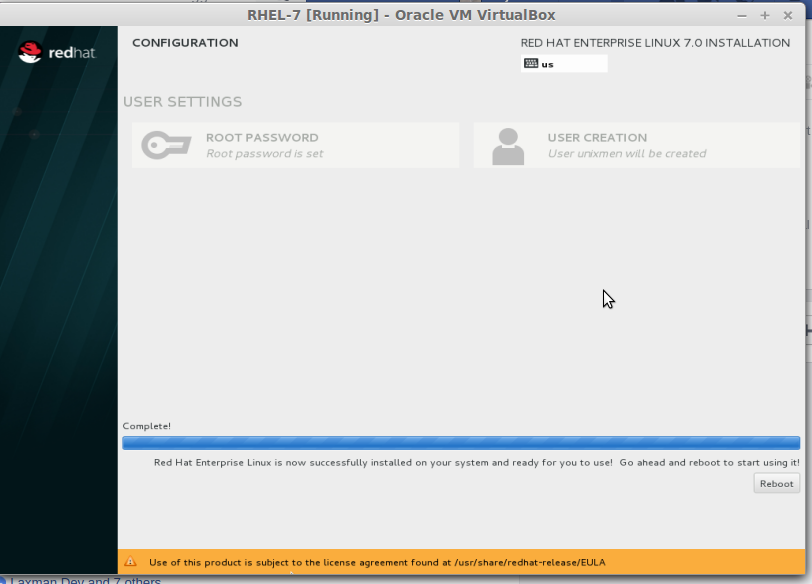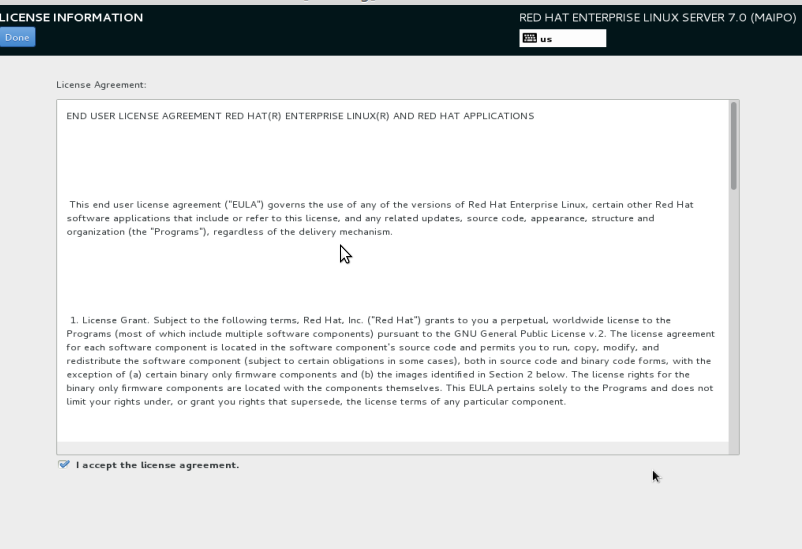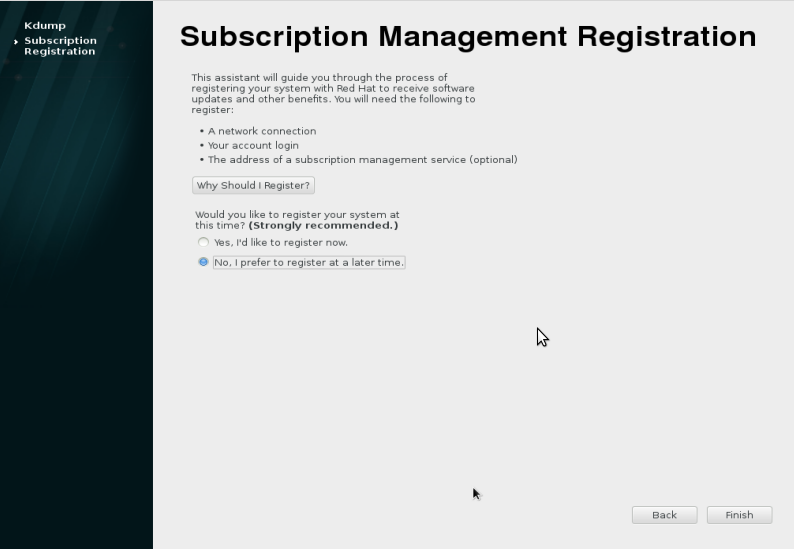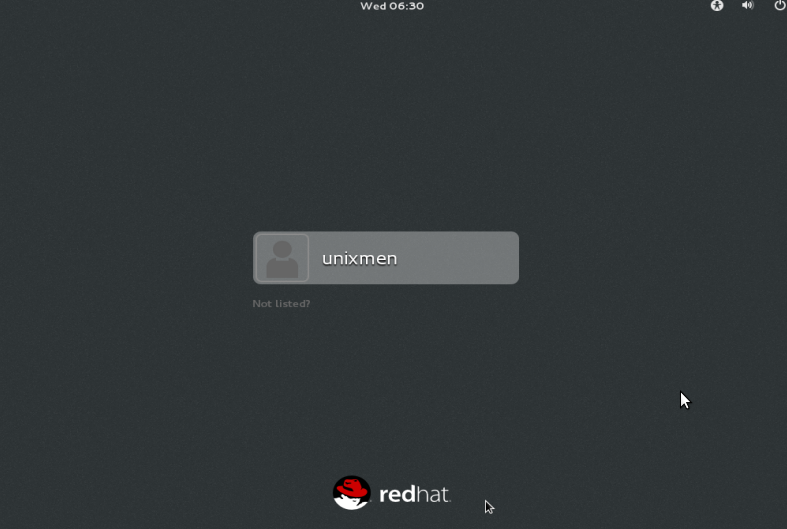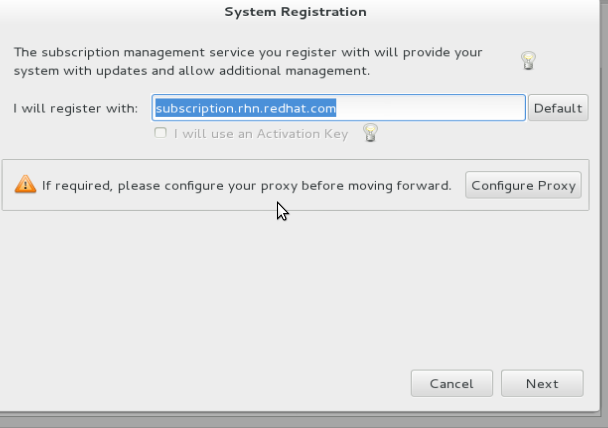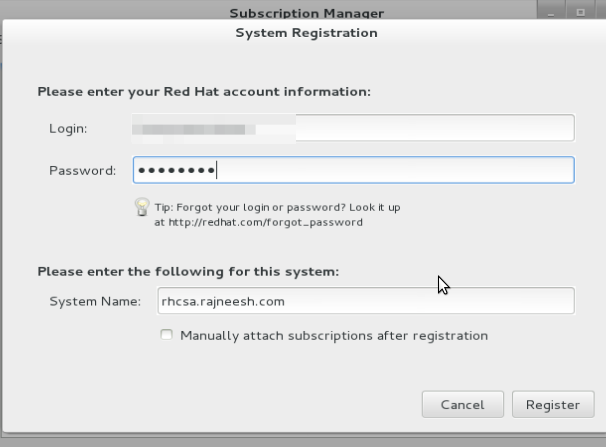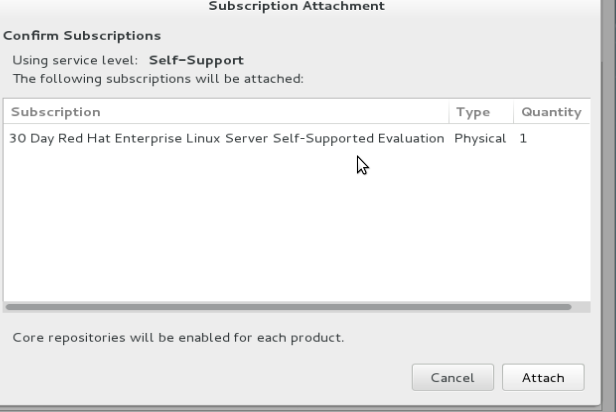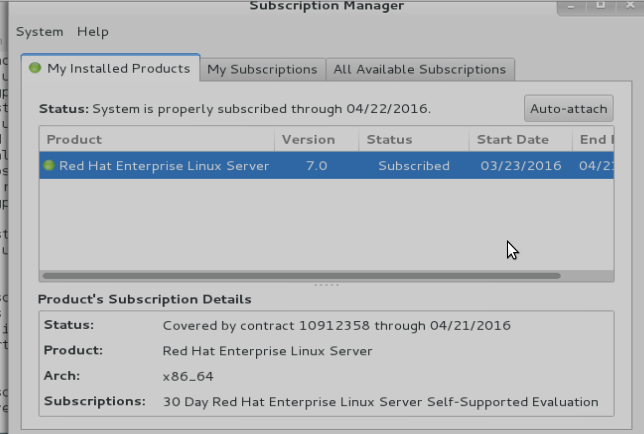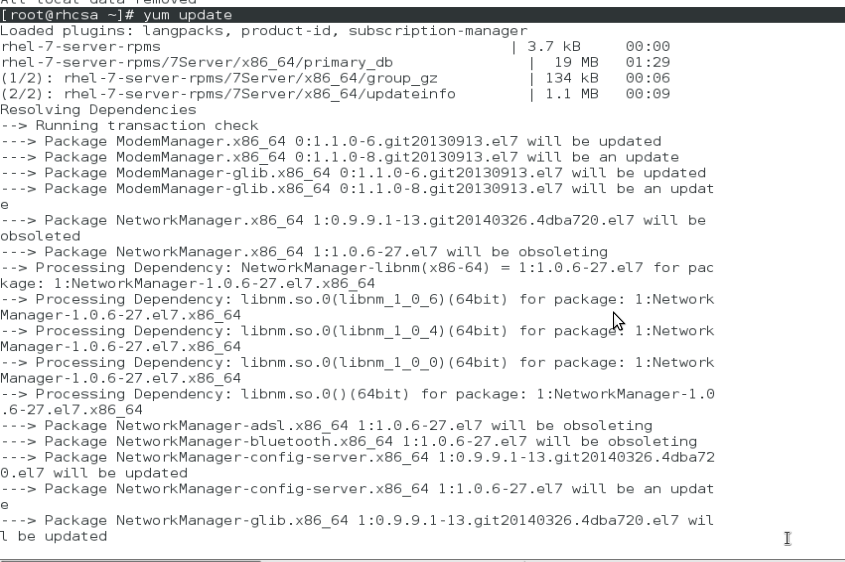Things you should know about RHCSA Certification Exam
RHCSA or Red Hat Certified System administration exam is designed to test your knowledge and skills which are required as common in area of Linux Administration, RHCSA exam is required to be qualified before giving next level RHCE or Red Hat Certified Engineer exam, this certification is one of the most Reputed IT certifications; chances of getting a good job will increased after you earn the certification.
Why you want to go for RHCSA certification?
RHCSA certification is a costly IT certification and require lots of hard work and time, before going for this examinations you must ask yourself –“why I want to go for the this RHCSA certification?” There are certain pros and cons related to RHCSA, infect every certification have some advantage and some limitations. Let us discuss them step by step:
Pros:
- Some organizations consider RHCSA as mandatory; definitely after earning the certificate you CV will become more visible to recruiters.
- Red Hat provides a good preparation material, after going through all of the curriculum modules, you will have a sound knowledge of RHEL systems from basics to advanced level.
- If you are already a experienced person in Linux Administration even then going through this examination process you will improve your confidence level and will be able to validate your skills and expertise.
- Although some other vendors are also providing Linux certifications e.g. LPIC or compTIA Linux+, but RHCSA is most reputed and recognized certification.
Cons:
- RHCSA will not solve any purpose for fresher, before going for the certification you must have experience of at least 2-3 yrs.
- Earning RHCSA certificate is not the Job Guarantee, you have to understand that after you earn RHCSA doesn’t mean that you will get golden opportunities in IT Industry; still you need to work hard.
- RHCSA is not the replacement of experience, although earning RHCSA will validate your Linux skills but recruiter always ask for “what you know “instead of “what you have?”.
- Sometimes you are not able to crack the exam in first attempt, so you have pay examination fee again to go for second attempt, you have to take that risk.
Examination Scenario of RHCSA Certification
RHCSA certification is also known as EX200, duration of this exam is 2:30 hours. This is like your college practical examination i.e. you have to perform practices during examination an no theory will be there. Generally candidate has to attend 20 questions of maximum 300 marks. Scoring minimum 210 out of 300 is considered as qualified. It is important to note that every participant will have different set of question paper, so getting the clue from neighbor during examination will definitely take you to the wrong track. Result of examination will be send to you by email within 7 days.
Validity of RHCSA Certificate
RHCSA certificate is either valid for 3 years or it will be valid till release of RHEL OS new version. With the release of new version of operating system you have to upgrade your certificate by giving examination again.
Cost of RHCSA Certificate
You can divide examination cost in two parts-one is the amount which you pay to Red Hat to appear in the examination, and another amount which you will spend on your trainings to prepare for RHCSA examination. Presently $400(approx.) is the fee to appear in examination and training can cost tentatively $200-$ 300.
Common mistakes you should avoid in RHCSA exam
There are some important things which you keep in mind so that you can avoid some common mistakes:
- Do not forget to reboot system after completion of every questions.
- Always start services and chkconfig before you reboot.
- complete first question in first attempt before switch to next question.
- Do not be in hurry and read every question carefully.
- do not overattempt or perfrom extra activities, stapy focusses.
Prerequisites for RHCSA exam preparation
First of all you need to be committed and dedicated before you appear for RHCSA examination, prepare yourself for at least 3-4 hour per day sitting for practicing the exercises, definitely then you will be able to crack RHCSA exam in first attempt. Make sure you possess proper study materials, a good trainer or other training resources, Minimum Dual Core System with 4 GB ram and storage of 80 GB connected with at least one Ethernet card will be sufficient to perform practices. Make sure that you are connected to internet. Although it is required to have some previous Linux Administration experience before going to give this exam, but if you do not have such experience even then you can prepare for the exam, but you will need to go through every exam preparation module very keenly. “Practice and more practice”, this is the only mantra to crack the certification examination, perform practices of every step, every module again and again.
The “official” syllabus for RHCSA examination
The official curriculum of RHCSA provided by Red Hat® is divided in two modules i.e. RH124 and RH134. Detailed topics included in each module are listed below:
1. RH124 or RedHat System Administration part I:
this includes introductory part of Linux Administration, the important module of part-I are:
- Introduction.
- Accessing the command line.
- Managing files from the command line.
- Getting help in Red Hat Enterprise Linux.
- Creating, viewing and editing text files.
- Managing Local Linux users and groups.
- Controlling access to files with Linux file system permissions.
- Monitoring and managing Linux file processes.
- Controlling services and daemons.
- Configuring and securing OpenSSH Services.
- Analyzing and storing logs.
- Managing Red Hat Enterprise Linux networking.
- Archiving and copying files between systems.
- Installing and updating software packages.
- Accessing Linux file system.
- Using virtulization system.
- Review.
2. Red Hat system Administration part –II or RH-134 include following topics:
- Introduction.
- Automating installation with kickstart.
- Using regular expression with grep.
- Creating and editing text files with vim.
- Scheduling future Linux tasks.
- Managing priority of Linux processes.
- Controlling access to files with Access Control Lists (ACL).
- Managing SELinux Security.
- Connecting to network-defined users and groups.
- Adding disks, Partitions, and file systems to a Linux System.
- Managing Logical Volume Management storage.
- Accessing network storage with Network File System (NFS).
- Accessing Network Storage with SMB.
- Controlling and troubleshooting the Red Hat Enterprise Linux Boot process.
- Limiting network communication with firewalld.
- Comprehensive review.
You can see that after going through all of the mentioned topics of module-I, and module-II you will be able to gain RedHat Linux Administration expertise of certain level.
Reference:
Refer to Official Red Hat Students workbook or you can get more details from Red Hat official link:
https://www.redhat.com/en/services/training/ex200-red-hat-certified-system-administrator-rhcsa-exam
What we will include in RHCSA exam preparation guide?
We will cover each and every module in depth which is mentioned as mandatory part of RHCSA certification exam. The Red Hat exams falls under Non-Discloser Agreement (NDA) which means that you will not get the exam questions so we cannot tell you what is going to be in exam, but we will perform particles using each and every tool which is required to cover official curriculum of RHCSA 7 examination. We will provide some of the questions which you will be expected to practice by yourself. You can download RHEL7 official operating system 60 days evaluation package from official website of Red Hat.
Let us get started.
Installation
First of all you need to get evaluation copy of RHEL 7, go to this link and download a copy of RHEL Enterprise Server v7.x.
Before downloading this .iso image, you are required to have an RedHat account, so make a official account on Red Hat Site,
Create a login id, login to Red Hat website, and download evaluation copy of RHEL 7
Now, we possess a .iso copy of RHEL 7 Enterprise server, We will be using Virtualbox to setup RHEL-7 installation demo, boot from RHEL7 .iso image, select first option because testing this media will take lots of time, press enter:
Keep English as your default language, continue to next step:
Now you need to select your installation package, click to software selection:
Although in real life scenario, no gui is required to be install on Servers, but it is required for preparation of RHCSA exam, so we will select Server with GUI option, no need to select any specific service package listed on right hand side, click on done:
Keep partitions as default no need to mess up with partitioning at this stage:
By default, network is not connected, connect network connection and provide a host name, we will assume our hostname ‘rhcsa.rajneesh.com’:
Begin instillation, provide root password and create a new user, let us assume that our new user will be ‘unixmen’:
Reboot server after installation is over:
Accept License Agreement and continue:
If your server get crashed, it takes image of server memory which can be analyze by debugger later, you can enable kdump to handle that situation:
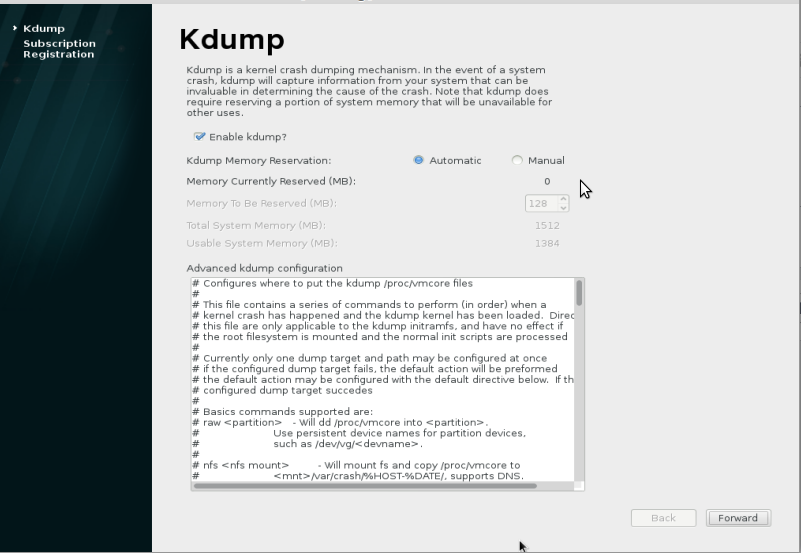
Click to finish, now we have installed our RHEL7 server successfully:
This was first part of our RHCSA exam preparation guide, we will continue with rest of topics in upcoming series.
Register you RHEL 7 System with Red Hat Network
Alright, now you have installed your fresh RHEL system. You need to register your machine with Red Hat Network, RHN is a system management platform provided by Red Hat which keep your system update provide complete life cycle management.
Login to system, open terminal and switch to root.
$ su root
Type following command
# subscription-manager register
Give user id which and password which you have register with on Red Hat website in previous step.

# subscription-manager auto-attach
Try to update system, generally it will work but in my case it got failed, so i give following command:
# subscription-manager clean
I got automatically prompted for re registration and this GUI pop up, the url shown below is automatically generated, do not edit anything, simply click next:
Again provide your Red Hat id and password:
Click register, now we have a 30 days evaluation copy of RHEL 7 system registered with RHN :
Click attach, you are done:
Test your setting, try to update system with yum:
# yum update
You can see thing are working smoothly
Now, we have a freshly installed Red Hat 7 System which is registered with RHN (Red Hat Network).
DIY Practice:
There are few exercise which you can perform by yourself:
- Configure Separate 15 GB root partition.
- Configure size of SWAP to 2 GB.
- Set root password as “R3d4@7”.
- Create a new user with username “rhcsa”.
- Set hostname as “redhat.example.com”.
- Configure Network using “DHCP”.
- Create your own id and password with Red Hat official website.
- After installation, register system with Red Hat Netwrok.
Conclusion:
During First installation always select GUI option or it will be difficult to configure a GUI later. We have successfully installed our first RHEL 7 Server which we will be using in upcoming series, practice all of “DIY” exercise by yourself. Our next article will be about introduction to BASH shell, a detailed introduction to important commands, command line shortcuts, vim editor in detail, introduction to geditor, some tricks and tips. Stay tuned!!


